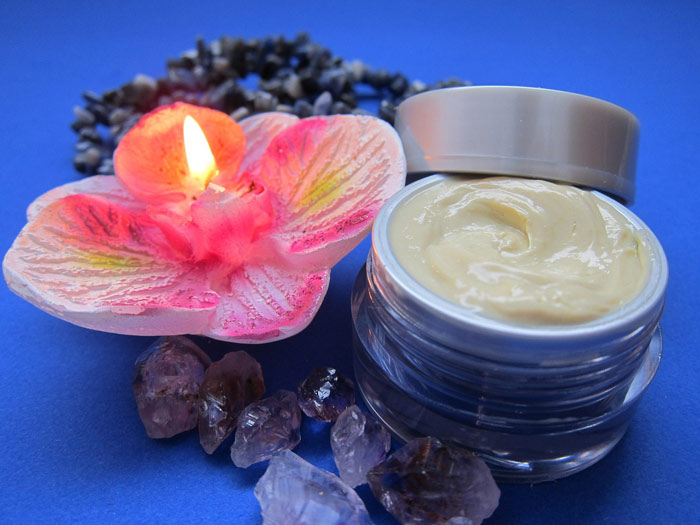By choosing self-tanning over lying out in the sun or using an indoor tanning bed you are already avoiding a huge mistake. Melanoma Research Foundation, along with CDC, AAD, and basically any health organization that researches skin health warns people of how dangerous UV radiation is. It doesn’t matter if you are exposed to the natural UAV and UV rays from the sunlight outside or artificial ones from indoor tanning equipment. Either option brings the risk of cancer, so your choice of fake tan products is a decision that protects your health. As these solutions can also care for your skin and make it more silky soft and glowing, you win on every front. However, self-tanning can be tricky, so you need to be careful and apply the products just the right way.

Top 4 Self-Tanning Mistakes to Avoid If You Want to Get a Perfect Glow
-
Prepping your skin (hair removal and exfoliation) on the day of treatment
Skin prep is one of the deciding factors when it comes to determining if your fake tan will be beautiful and even or make you look blotchy. Hair removal and exfoliation will ensure that the skin is smooth and even, which will product application easier.
However, few people know that fake tan products actually bind to dead skin cells. Therefore, no matter how tempting the thought is, you shouldn’t exfoliate for at least 24 hours before the procedure.
Hair removal also removes the outer layer of skin, so the situation is similar. But you also need to be aware that waxing leaves a layer of residue on your skin that won’t let the fake tan get absorbed properly. You should wait for about 72 hours after that treatment. Shaving takes less time for your skin to be ready. Photo-epilation might take more because it makes your skin overly sensitive and fake tan products might cause irritation.
2. Buying the first fake tan product you see
 As it usually is with cosmetic products, quality has a huge impact on the results. This is more so for self-tanning creams, mousses, etc. because their formulas are rather complex. If you want to achieve the best results, you should use professional-grade tanning solutions. Research the brands to see which of them are most trustworthy. Look for products used by professional tanning salons and study product reviews.
As it usually is with cosmetic products, quality has a huge impact on the results. This is more so for self-tanning creams, mousses, etc. because their formulas are rather complex. If you want to achieve the best results, you should use professional-grade tanning solutions. Research the brands to see which of them are most trustworthy. Look for products used by professional tanning salons and study product reviews.
There is a great variety of self-tanning products today. They differ in type, color, and properties. You will need to not only find a good brand but also choose the product that fits your skin type and situation. This usually takes some experimentation, as the individual effects of cosmetic products can’t be predicted 100% accurately.
3. Disregarding the product instructions
You’ll be surprised with how many people get bad results from fake tanning for no other reason than not following the instructions. You might have read that some person applies cream over a moisturizer or some other ‘trick’ that makes the tan better. And if you are very, very lucky, this might actually work for you too. However, that’s nothing more than luck.
Never forget that not only are self-tanning product formulas different but so is people’s skin. Something that works for someone else will have different results for you. Manufacturers develop their instructions with the understanding of how exactly the product should work. Trying to ‘make it better’ by deliberately not following the instructions is asking for trouble.
4. Applying the tanner equally all over your body
 Remember that part that says self-tanning products bind to dead skin cells? That’s a major reason why your self-tanning results can be uneven. And do you know what areas of your body have more dead skin cells even after exfoliation?
Remember that part that says self-tanning products bind to dead skin cells? That’s a major reason why your self-tanning results can be uneven. And do you know what areas of your body have more dead skin cells even after exfoliation?
Those are knees and elbows, so you have to be very careful when applying the product there. You might need to use a thinner layer of the product as these areas might get too dark.










